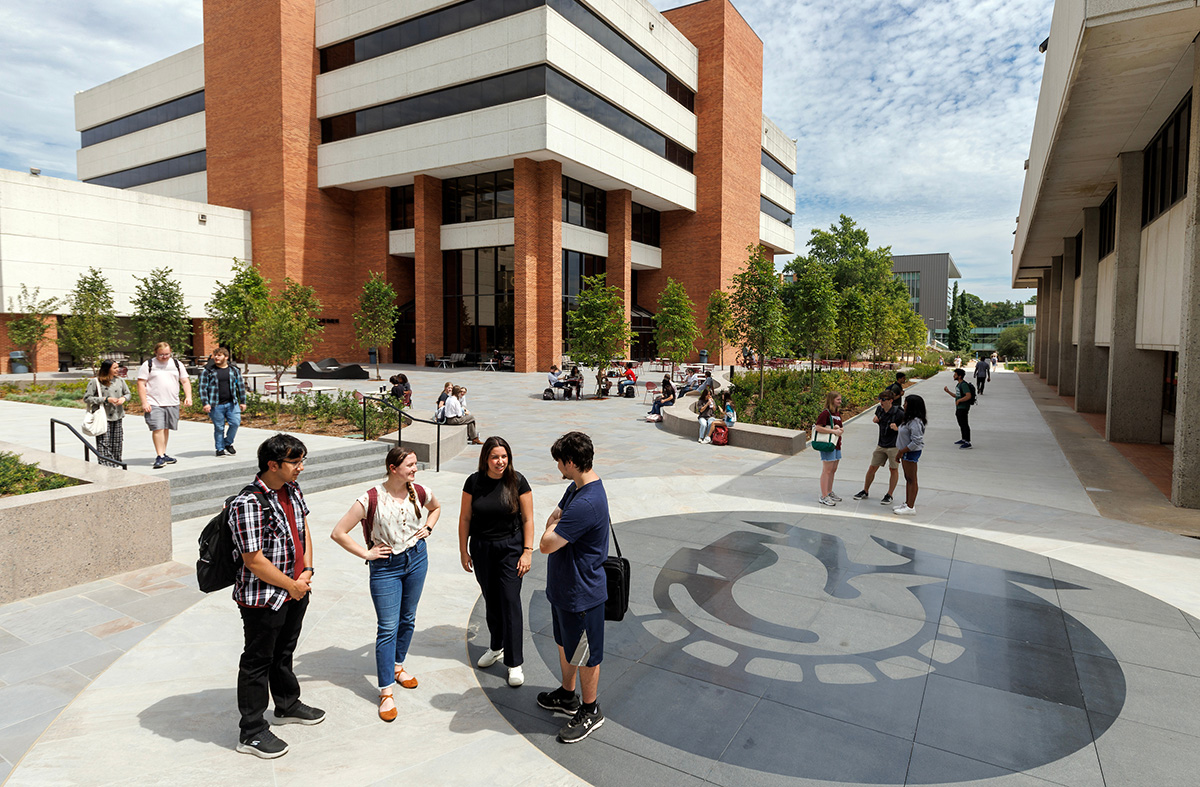The Applied Science program was originally housed within the Department of Applied Science. This department originated as the University of Arkansas Graduate Institute of Technology (GIT) which was formed in Little Rock in 1958. [1], [2]
The areas of research included chemistry, physics, electronics, instrumentation, and process control. From the outset, the program was interdisciplinary to tackle problems in measurement science offering one of the few doctorates in Instrumental Sciences (approved in 1964, the first awarded in 1968).
Over the years, GIT’s academic programs were merged with the University of Arkansas at Little Rock, with the graduate-only Department of Electronics and Instrumentation finally becoming part of UA Little Rock in 1989. The department was renamed in 1993 to Applied Science and offered the only Doctor of Philosophy degree on the UA Little Rock campus.
When UA Little Rock started an engineering undergraduate program in 1999, the curriculum of the Ph.D. in Applied Science was broadened to include faculty from the new Donaghey College of Engineering and Information Technology (DCEIT) and the College of Science (COS). Five emphases were originally approved (Applied Computer Science, Applied Chemistry, Applied Physics, Applied Biotechnology, and Engineering Science).
As faculty from UA Little Rock’s Biology, Chemistry, Physics, Computer Science, Systems Engineering, and Information Science departments began participating in the program, the Applied Computer Science program split into two emphases (Computational Science and Applied Computing) (2001), the Engineering Science emphasis broadened into Engineering Science and Systems (2000), the Applied Biotechnology emphasis mutated into Applied Biosciences(2002), and the Applied Information Quality emphasis was added (2007). In 2010, the Applied Computing and Applied Information Quality emphases spun off into a separate program in Integrated Computing, which is jointly administered by the Computer Science and Information Science departments.
The original philosophy for defining disciplinary emphases was designed to attract students with more familiar appearing curricula, to match the emphases more closely with existing departments so as to improve faculty participation, and to provide graduates with a credential that would be more marketable to employers. A decade after the original curriculum was introduced, these goals have been exceeded. Faculty participation in the program has grown from about 10 in 1999 to about 70 in 2009. The doctoral student population has grown from about 10 in 1999, with an annual graduation of about one per year to about 120 in 2009, with an annual graduation of about 10 per year. Whereas graduates of the program prior to 1999 had mainly taken industry positions, graduates since 2009 have taken positions in industry, national research labs, post-doctoral positions, and academic professorships. In 2012, as a result of a major restructuring at UA Little Rock, the Department of Applied Science was dissolved and the Applied Science Program was moved under the College of Arts, Letters, and Sciences.
The program is now administered by coordinators in the departments of Biology, Chemistry, Mathematics and Statistics, and Physics.
[1] Testerman, M. K., “Graduate Education in Instrumental Sciences,” Research/Development, v. 19, n. 5, pp. 24-31, 1968.
[2] Karasek, F. W., “Graduate Instrumental Science Program,” Research/Development, v. 23, n. 10, pp. 40-44, 1972.

